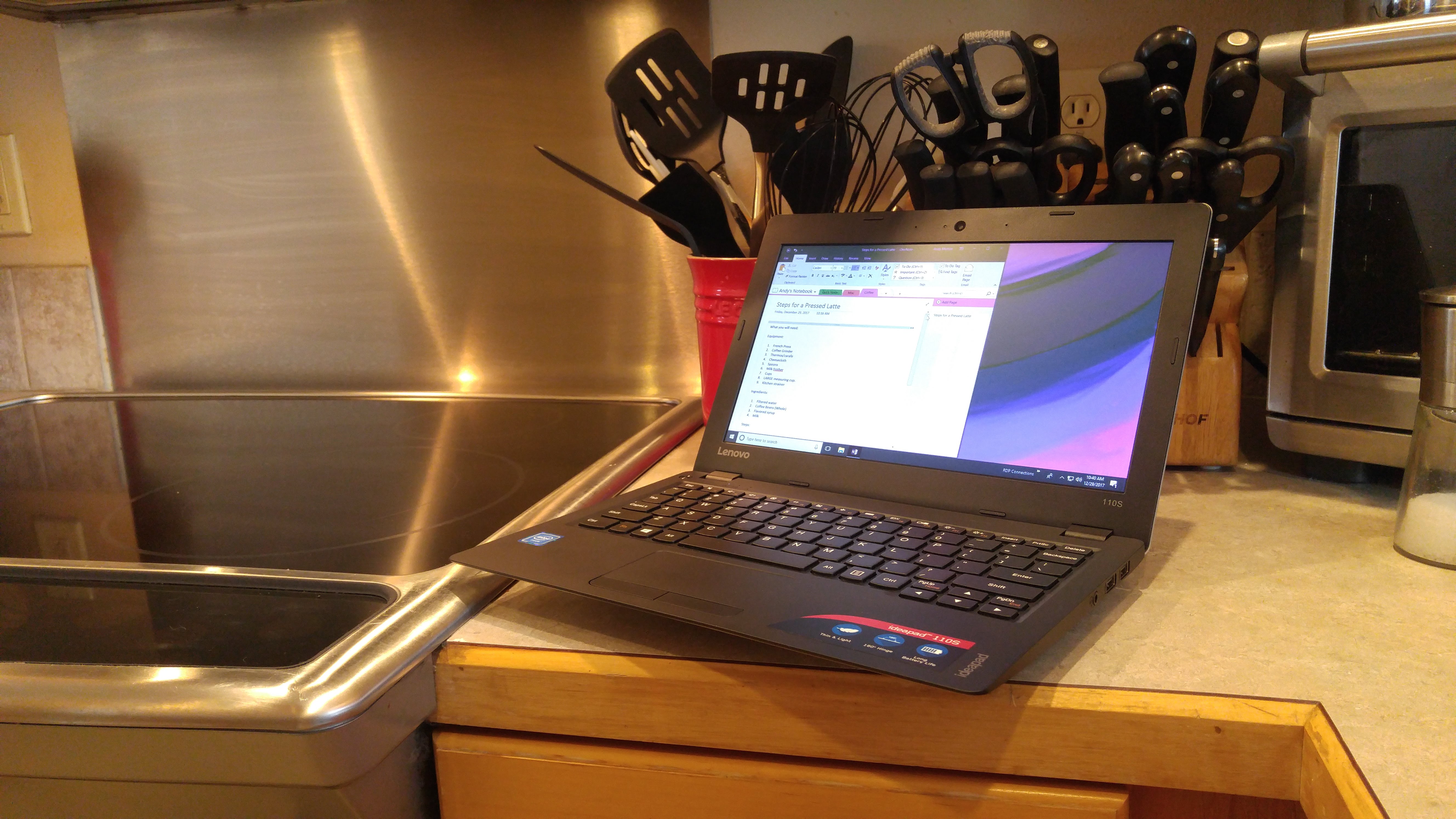I love remote computing! Over the years I have established thousands of SSH, VNC, and RDP sessions to various computers and servers. The problem I often run into is needing to re-establish those connections if I switch to another workstation or if I re-install the...
Connect Zoiper to an Anveo Phone Number
I am writing this article for those who are looking to connect an Anveo phone number to ZoiPer softphone. This article was written using Zoiper5 5.5.3 for Windows 64bit. Pre-Requisites You must already have an Anveo account and have purchased a telephone number with...
Connect an OBIHAI OBi 1022 to an Anveo Phone Number
I am writing this article for those who are looking to connect their OBIHAI device (in this instance an OBIHAI OBi 1022) to their Anveo phone number and service. I specifically referenced the OBIHAI OBi 1022 because that is the model I have. These steps could very...
OSCAR – Open Source CPAP Analysis Reporter
Daily I have been wanting a better way to analyze the data that is recorded onto my CPAP machine's SD card. The Philips Respironics mobile app leaves a lot to be desired. Especially, if you're highly interested in looking at ALL THE DATA like I am. Usage...

Lenovo 110S
Why did I buy this thing? I had been looking for an ultra-portable laptop to use as a thin-client computer. Something that I could establish a VPN connection to my home network with and connect into my more powerful desktop computer. Something I could throw into my...
Raspberry Pi Windows RDP Thin Client
One of my technological obsessions is thin client computing. I absolutely love taking one powerful computer and making it usable by multiple users on less powerful computers or devices. Whether those users are physically near that computer, or thousands of miles away....
Raspberry Pi Apache, MariaDB, PHP & WordPress Server
The purpose of this tutorial is to walk you through the process of using a Raspberry Pi as a web server. This tutorial assumes: You already know how to flash a microSD card with Raspbian.You are already somewhat familiar with setting up and using a Raspberry Pi.You...
Raspbian Stretch Lite Secure Baseline Setup
The purpose of this tutorial is to walk you through the process of making an installation of Raspbian Stretch Lite more secure. Which you can then create your own image from to use as a baseline setup for future Raspberry Pi projects. This tutorial assumes that you...
Setting up the Raspberry Pi Zero W or Pi 3 with Raspbian Stretch with Desktop
The Raspberry Pi
In early 2012 I found an article about the Raspberry Pi. All of my news feeds were filled with buzz about "The $35 Computer." Ever since then my mind and my project to-do list have been filled with projects that the Raspberry Pi could be used for. I often bring up the...